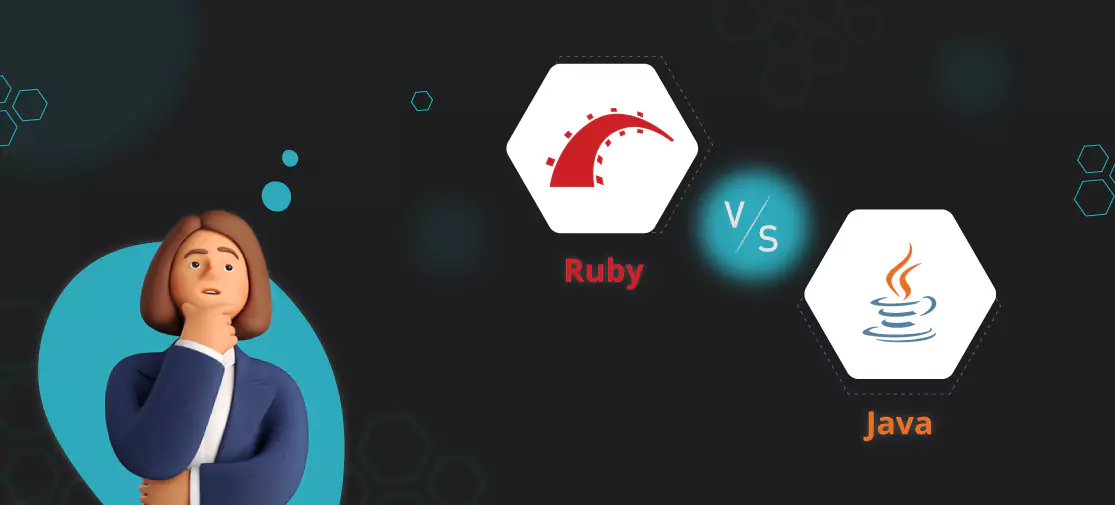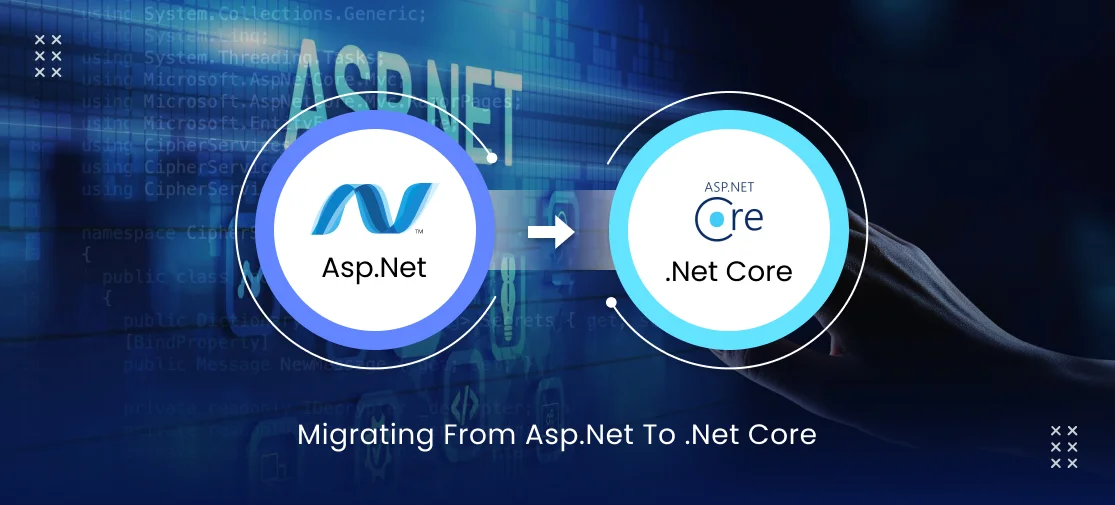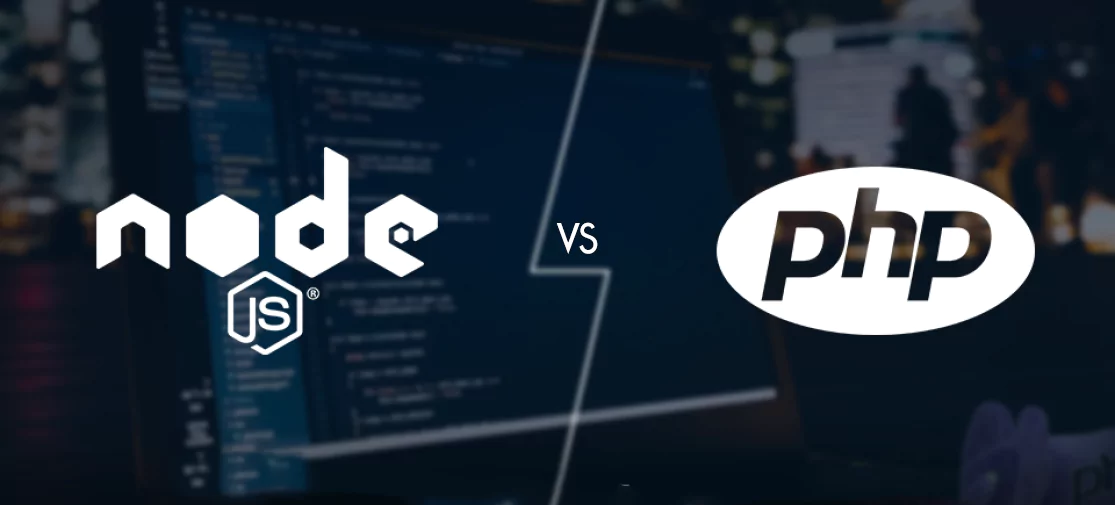Overview of ruby on rails
Ruby on Rails, commonly known as Rails, is a popular open-source web application framework written in the Ruby programming language. It was created by David Heinemeier Hansson and released in 2004. Rails follows the Model-View-Controller (MVC) architectural pattern, which promotes the separation of concerns within an application's codebase. This framework is designed to simplify and accelerate the process of building robust and dynamic web applications.
Key components and concepts
- Model-view-controller (MVC): Rails adheres to the MVC architectural pattern. The model represents the application's data and business logic, the view handles the presentation and user interface, and the controller manages the flow of data between the model and the view.
- Convention over configuration (CoC): Rails employs a set of conventions to minimize the need for configuration. This simplifies development by reducing the amount of code developers need to write.
- Don't repeat yourself (DRY): Rails promotes the DRY principle, encouraging developers to write code once and reuse it where applicable. This enhances code maintainability and reduces redundancy.
- Active record: A component of Rails responsible for managing the application's data and database interactions. It offers an object-relational mapping (ORM) layer, allowing developers to work with databases using Ruby objects instead of writing raw SQL queries.
- Action controller: This component handles the application's HTTP requests and routes them to appropriate controller actions. It manages the interaction between the user and the application.
- Action view: Responsible for rendering the application's user interface. It generates HTML and other content to be sent to the user's browser.
- Scaffolding: Rails provides scaffolding generators that automatically create basic code for CRUD (Create, Read, Update, Delete) operations on data models. This speeds up the initial development process.
Overview of javaScript
It seems there might be a bit of confusion in your question. It's important to clarify that there's a programming language called "JavaScript" (often abbreviated as "JS"), and there's another programming language called "Java." These two languages are distinct from each other, despite having somewhat similar names.
JavaScript: JavaScript is a widely used programming language primarily used for building interactive and dynamic elements within web browsers. It allows developers to create client-side functionality that enhances the user experience of websites. JavaScript was initially introduced by Netscape in the mid-1990s and has since become a cornerstone of modern web development.
Key characteristics and uses of javascript
- Client-side scripting: JavaScript is primarily executed on the client side, within the user's web browser. This enables developers to create responsive and interactive web applications without requiring frequent server communication.
- Web interactivity: JavaScript is used to add interactivity to web pages, such as form validation, animations, pop-up dialogs, and more. It can manipulate the Document Object Model (DOM) of a web page, allowing dynamic content changes without requiring a full page reload.
- Event handling: JavaScript allows developers to respond to various user actions, such as clicking buttons, submitting forms, hovering over elements, and more. These interactions can trigger specific code to be executed.
- Asynchronous programming: JavaScript supports asynchronous programming using mechanisms like callbacks, promises, and async/await. This is crucial for handling tasks that might take time to complete, such as making network requests.
- Cross-browser compatibility: JavaScript works across different web browsers, ensuring consistent behavior for users regardless of their chosen browser.
- Libraries and frameworks: JavaScript has a vast ecosystem of libraries and frameworks that simplify common development tasks. Examples include jQuery, React, Angular, and Vue.js.
Java: Java, on the other hand, is a general-purpose programming language that is often used for building a wide range of applications, including web applications, mobile apps, desktop software, and more. It was developed by Sun Microsystems (now owned by Oracle) and released in the mid-1990s. Java's "write once, run anywhere" philosophy, facilitated by the Java Virtual Machine (JVM), allows Java applications to be executed on different platforms without modification.
Key characteristics and uses of java
- Platform independence: Java code is compiled into bytecode, which is executed by the Java Virtual Machine (JVM). This enables Java applications to run on various platforms without modification.
- Object-oriented: Java is an object-oriented programming language, emphasizing concepts like classes, objects, inheritance, and polymorphism.
- Enterprise applications: Java is commonly used for building enterprise-level applications, including large-scale web applications, back-end services, and distributed systems.
- Mobile development: Java was historically used for Android app development, though Kotlin has become the preferred language for Android development in recent years.
- Desktop applications: Java can be used to build desktop applications using frameworks like JavaFX and Swing.
Advantages of ruby on rails
- Rapid development: Rails emphasizes convention over configuration, enabling developers to create functional prototypes and applications quickly.
- Developer productivity: The framework's elegant syntax and powerful tools enhance developer efficiency and happiness.
- Rich ecosystem: Rails has a wide range of gems (libraries) available, which can be easily integrated into applications to add functionality.
- Scalability: While initially designed for rapid development, Rails can scale effectively with proper architecture and optimization.
- Community support: Rails has a strong and supportive community that contributes to its continuous improvement and offers a wealth of resources for learning and troubleshooting.
- Security: Rails includes built-in security features, such as protection against common web vulnerabilities like SQL injection and cross-site scripting (XSS).
Advantages of javaScript
JavaScript is a versatile and powerful programming language that is used to create interactive web pages, web applications, and even mobile apps. Here are some of the advantages of
JavaScript:
- Speed: JavaScript is an interpreted language, which means that it does not need to be compiled before it is executed. This makes it much faster than compiled languages, such as Java or C++.
- Developer productivity: The framework's elegant syntax and powerful tools enhance developer efficiency and happiness.
- Ease of use: JavaScript is a relatively easy language to learn, even for beginners. The syntax is simple and straightforward, and there are many online resources available to help you learn the language.
- Popularity: JavaScript is the most popular programming language in the world, and it is supported by all major browsers. This means that your JavaScript code will work on any device that has a web browser.
- Interoperability: JavaScript works well with other programming languages, such as HTML, CSS, and PHP. This makes it a versatile language that can be used to create a wide variety of applications.
- Versatility: JavaScript can be used for a variety of tasks, including:
- Creating interactive web pages
- Developing web applications
- Building mobile apps
- Creating games
- Adding animations and other effects to web pages
Rich interface: JavaScript can be used to create rich and interactive user interfaces. This is because it can be used to manipulate the DOM (Document Object Model), which is the underlying structure of a web page.
Extended functionality: JavaScript can be extended with libraries and frameworks, which provide additional functionality. This makes it a powerful language that can be used to create complex applications.
Overall, JavaScript is a powerful and versatile language that is used to create a wide variety of applications. It is easy to learn, popular, and interoperable with other languages. If you are interested in web development, JavaScript is a great language to learn.
The most important feature of JavaScript is that functions are objects. This means that functions can be passed around like any other object, and they can be stored in variables, arrays, and objects. This makes JavaScript very flexible and powerful, and it allows for a lot of creativity in programming.
Use cases of javaScript and ruby on rails
JavaScript and Ruby on Rails are two of the most popular web development technologies. JavaScript is used for the frontend development, while Ruby on Rails is used for the backend development.
Here are some of the common use cases of JavaScript and Ruby on Rails:
- Creating interactive web pages: JavaScript can be used to create interactive web pages by adding animations, effects, and other dynamic features. Ruby on Rails can be used to create the backend logic and data storage for these web pages.
- Developing web applications: JavaScript and Ruby on Rails can be used to develop complex web applications, such as e-commerce websites, social media platforms, and content management systems.
- Building mobile apps: JavaScript can be used to build mobile apps using frameworks like React Native and Ionic. Ruby on Rails can be used to build the backend logic and data storage for these mobile apps.
- Creating games: JavaScript can be used to create games using frameworks like Phaser and Three.js. Ruby on Rails can be used to build the backend logic and data storage for these games.
- Adding security features: JavaScript can be used to add security features to web pages, such as form validation and user authentication. Ruby on Rails can be used to implement security measures at the backend, such as user authorization and password hashing.
Overall, JavaScript and Ruby on Rails are complementary technologies that can be used to create a wide variety of web applications. JavaScript is used for the frontend development, while Ruby on Rails is used for the backend development. Together, they can be used to create powerful and scalable web applications.
Here are some specific examples of websites and applications that use javascript and ruby on rails
- Twitter: Twitter is a social media platform that uses JavaScript and Ruby on Rails. The JavaScript is used to create the interactive user interface, while the Ruby on Rails is used to handle the backend logic and data storage.
- Etsy: Etsy is an e-commerce marketplace that uses JavaScript and Ruby on Rails. The JavaScript is used to create the interactive shopping experience, while the Ruby on Rails is used to handle the backend logic and data storage for the products.
- GitHub: GitHub is a code hosting platform that uses JavaScript and Ruby on Rails. The JavaScript is used to create the interactive user interface, while the Ruby on Rails is used to handle the backend logic and data storage for the code repositories.
- Netflix: Netflix is a streaming media service that uses JavaScript and Ruby on Rails. The JavaScript is used to create the interactive streaming experience, while the Ruby on Rails is used to handle the backend logic and data storage for the movies and TV shows.
- Spotify: Spotify is a music streaming service that uses JavaScript and Ruby on Rails. The JavaScript is used to create the interactive music streaming experience, while the Ruby on Rails is used to handle the backend logic and data storage for the songs and albums.
These are just a few examples of the many websites and applications that use JavaScript and Ruby on Rails. If you are interested in web development, these are two technologies that you should learn.
Ruby on rails vs javaScript: understanding the differences
Ruby on Rails (RoR) and JavaScript are two of the most popular programming languages for web development. RoR is a server-side framework, while JavaScript is a client-side scripting language. This means that RoR is used to create the backend of a web application, while JavaScript is used to create the frontend.
Here is a table summarizing the key differences between RoR and JavaScript
| Feature | Ruby on Rails | JavaScript |
|---|---|---|
| Programming Language | Ruby | JavaScript |
| Server-side or client-side | Used to create the backend of a web application | Used to create the frontend of a web application |
| Popularity | Less popular than JavaScript | More popular than ROR |
| Ease of learning | More difficult to learn than JavaScript | Easier to learn than ROR |
| Community support | Large and active community | Large and active community |
| Performance | Good Performance | Good Performance |
| Scalability | Good Scalability | Good Scalability |
| Security | Good Security | Good Security |
Ruby vs java: choosing best programming languages in 2023
- RoR is a more mature framework than JavaScript. RoR has been around for longer and has a more established community. This means that there are more resources available for learning RoR, and there are more developers who are familiar with it.
- JavaScript is a more versatile language than RoR. JavaScript can be used for both frontend and backend development, while RoR is only used for backend development. This means that JavaScript developers have more options when it comes to finding jobs.
- RoR is a more opinionated framework than JavaScript. RoR comes with a set of conventions that developers are expected to follow. This can make it easier to learn RoR, but it can also make it more difficult to customize. JavaScript is more flexible, which gives developers more freedom to choose their own approach.
Ultimately, the best choice for you will depend on your specific needs and preferences. If you are looking for a mature framework with a large community, then RoR is a good choice. If you are looking for a versatile language that can be used for both frontend and backend development, then JavaScript is a good choice.
Here are some specific examples of websites and applications that use ror and javascript
- Twitter: Twitter uses RoR for the backend and JavaScript for the frontend.
- Etsy: Etsy uses RoR for the backend and JavaScript for the frontend.
- GitHub: GitHub uses RoR for the backend and JavaScript for the frontend.
- Netflix: Netflix uses RoR for the backend and JavaScript for the frontend.
- Spotify: Spotify uses RoR for the backend and JavaScript for the frontend.
Conclusion
Ruby on Rails (RoR) is a server-side framework, while JavaScript is a client-side scripting language. RoR is known for its simplicity, productivity, and security. JavaScript is a versatile language that can be used for both frontend and backend development. When used together, RoR and JavaScript can be a powerful combination to create dynamic web applications.
At Techvoot Solutions, we have a team of experienced web developers who are experts in both Ruby on Railes and JavaScript. We can help you build a powerful and dynamic web application that meets your specific needs.
If you are interested in learning more about how RoR and JavaScript can be used together, please contact us today. We would be happy to discuss your project and provide you with a free consultation.




